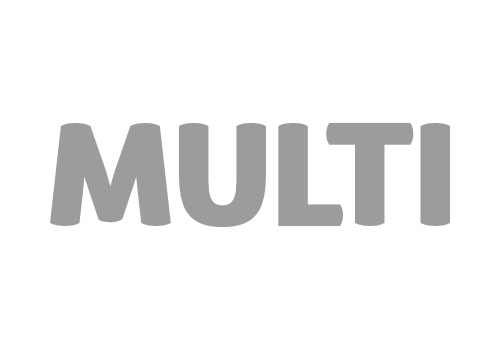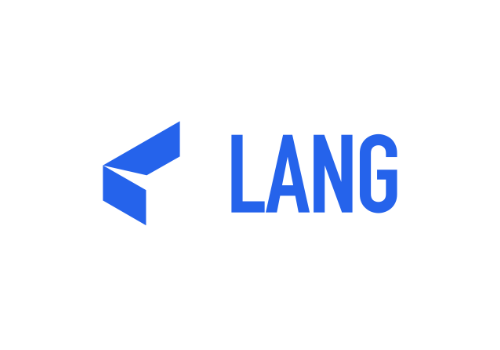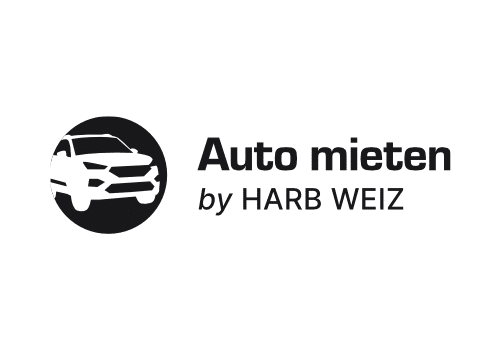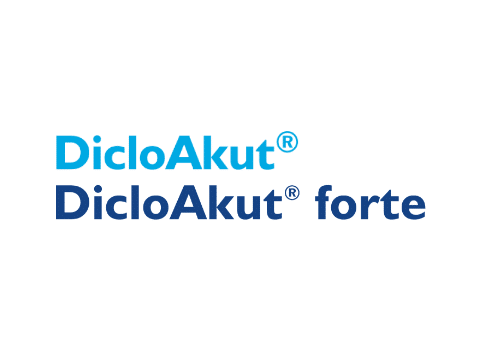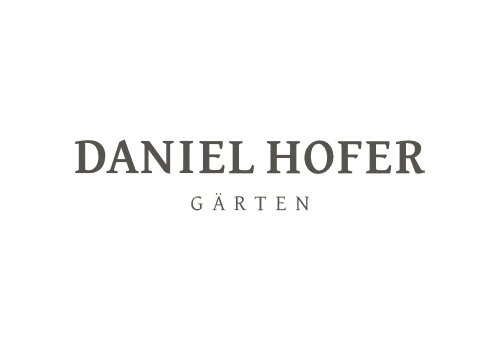Graphics & motiondesign
Graphic and motion design are the visual storytellers of today. They create far more than just images—they shape impactful experiences, evoke emotions, and convey messages in ways that words alone cannot achieve.
Graphic design forms the foundation of a brand’s visual identity by crafting logos, typography, and color palettes that make a brand unique and recognizable. Motion design, on the other hand, brings these static elements to life. It animates logos, explains complex ideas through moving images, and captivates audiences with dynamic visual storytelling.
Together, graphic and motion design form an unbeatable duo that helps brands stand out in the digital information overload and leave a lasting impression. They are the tools that capture attention in a fast-paced world, delivering messages in a clear and unforgettable way.
- Logo and brand development
- Social media visuals & ads
- Motion graphics & animations
- Explanatory videos & infographics
- Image editing & compositing
Bringing shapes in motion
- Graphic design is used in various forms in 81% of companies
- Almost 94% of the world’s top 100 brands choose only one or two colours in their logo design. Blue is the most frequently chosen colour for corporate logos worldwide, followed by black and red
- 94% of the first impression is influenced by design aspects
94%
of people have rejected or not trusted websites because of design problems.
Helvetica
is the most popular font in the world. The font was invented in 1957 by Max Miedinger and Eduard Hoffman.
Blue
is the most popular colour. 33% of the top 100 companies use it in their logos.
50% higher conversion rate
The use of targeted visual communication can significantly increase closing rates by up to 50%. Effective visual elements that convey clear messages and direct attention in a targeted manner play a key role in facilitating decision-making and promoting engagement. This creates a deeper connection to the content and increases the likelihood of actions being successfully completed.
More efficiency
Optimised design processes save time and costs. Clear structures, standardised workflows and efficient tools speed up the process and minimise errors. This leads to faster implementation, better utilisation of resources and lower production costs, as unnecessary steps are avoided and tasks are automated. A well thought-out design process makes it possible to complete projects efficiently and cost-effectively without compromising quality.
